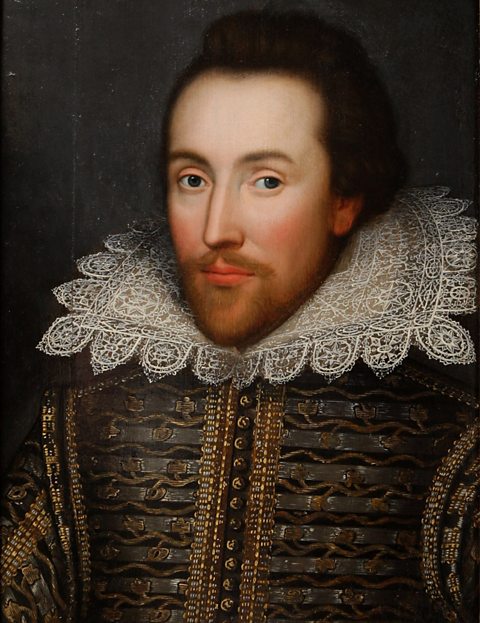Theatre, Shakespeare and the arts
Theatre

The RenaissanceThe revival or rebirth of European art and literature under the influence of classical Roman and Greek culture during the 14th to 16th centuries. that started in Europe in the fourteenth century led to a flourishing of arts and culture all over Europe, and England was no exception. Elizabeth thought that having theatre, music and art at her court made her look like an educated and prosperous monarch, so she encouraged them by supporting artists, actors and musicians. This support was called patronageThe power to appoint people to important jobs based on a system of duties and rewards.. As the capital city - and the home of the royal court – London was at the centre of this cultural growth. The city's population was keen on spectacle of all kinds – and with its high drama, music and elaborate costumes, the theatre became increasingly popular with people from all walks of life.
Before Elizabeth’s reign, the only drama was religious plays performed during festivals, and Greek and Roman dramas performed at the universities. But during the 1570s permanent groups of actors (called 'players') were set up under the patronage of wealthy nobles – there was even a group called the Queen Elizabeth’s Men set up in 1583. To keep their audiences happy, groups of players needed a constant stream of new plays to perform. There were dozens of men who earned their living as playwrightSomeone who writes plays. , often working in groups to produce plays quickly. We have never heard of most of these writers, and their plays are now lost, but several important dramatists emerged during Elizabeth's reign. The best known were:
- Christopher Marlowe
- Ben Jonson
- Thomas Dekker
- Robert Greene
- And of course, William Shakespeare
Shakespeare began writing his plays during Elizabeth’s reign, and a number of them had themes connected to English history. His plays always flattered the Tudor dynasty, so he depicted Richard III – who had been defeated by Elizabeth’s grandfather Henry VII – as an evil deformed murderer and Henry as a noble, worthy king. Shakespeare was an incredibly versatile playwright, able to produce comedies, romances, history plays and tragedies with ease, which made him very popular.
Plays were performed:
- at court for the nobility
- in inn yards for the poor
- in purpose-built theatres with tiered seating, which were open to all
At the theatre, the rich could sit in the best seats, with cushions, and the poor could stand in front of the stage for a penny. The atmosphere in Elizabethan theatres was very different to how the atmosphere is in theatres today:
- The audience would wander about, talk among themselves, shout at and heckle the actors (and throw things if they were really unimpressed).
- There was no curtain, and the audience often surrounded the stage on three sides.
- There were no intervals, so vendors would come round during the play selling food and drink.
- Women were not allowed to be actors. Female parts were played by teenage boys.
Elizabethan theatres didn't have the technology available in modern theatres, so they had to be creative about how they staged plays.
| No curtain to show the start and end of the play | Plays often had a dramatic start (a shipwreck, an argument) to grab the audience's attention. They finished with music and dancing. |
| No lighting to show night and day | The words of the play had to tell the audience what time of day it was. |
| Female roles were played by men | Female characters wore gorgeous costumes, and the other characters talked about how beautiful they were. |
| There were no intervals, so the play was performed without a break | There were side plots and comic scenes to give the main actors a break and a chance to change their costumes. |
| No curtain to show the start and end of the play |
| Plays often had a dramatic start (a shipwreck, an argument) to grab the audience's attention. They finished with music and dancing. |
| No lighting to show night and day |
| The words of the play had to tell the audience what time of day it was. |
| Female roles were played by men |
| Female characters wore gorgeous costumes, and the other characters talked about how beautiful they were. |
| There were no intervals, so the play was performed without a break |
| There were side plots and comic scenes to give the main actors a break and a chance to change their costumes. |
Why was the theatre so popular?
- Elizabeth encouraged the theatre, which made it fashionable.
- It was an affordable entertainment (costing as little as a penny for a two hour play).
- The theatre was a good place to socialise.
- The plays dealt with topics that appealed to Elizabethan audiences: love and romance, magic, patriotism, exploration and travel - and often had dirty jokes and fight scenes to keep people entertained.
An Elizabethan's visit to the Globe Theatre.